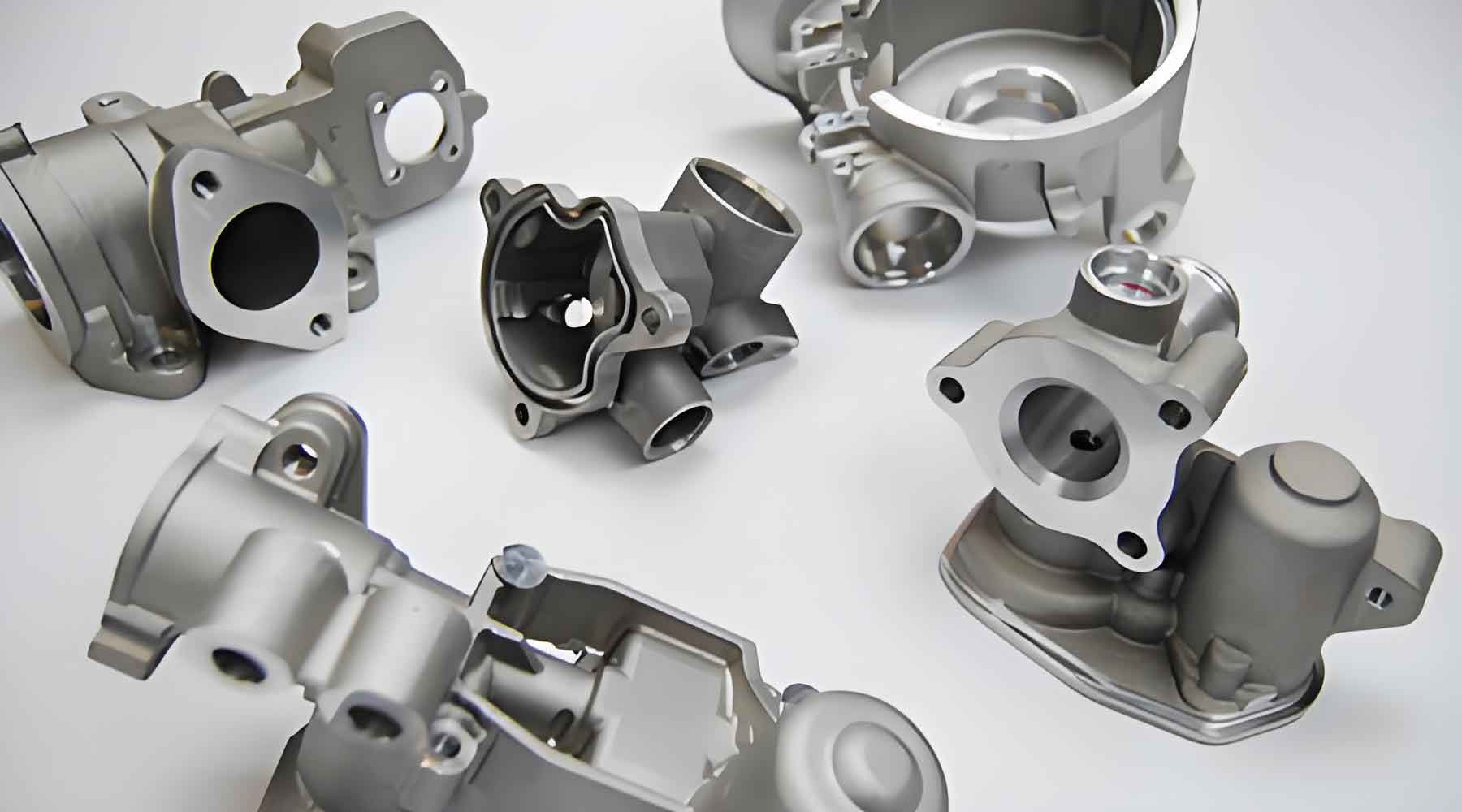
Precision investment casting, recognized for its ability to produce dimensionally accurate components with smooth surfaces, has experienced rapid industrial adoption. However, odor emissions during wax removal and shell calcination remain significant environmental challenges. This paper systematically analyzes pollution sources and proposes targeted treatment solutions.
1. Odor Generation Mechanisms
The decomposition of casting wax (primarily paraffin and polymer additives) during thermal processes drives odor formation. Key reactions include:
$$ \text{C}_{25}\text{H}_{52} \xrightarrow{\Delta} 25\text{C} + 26\text{H}_2\text{O} + \text{Volatile Organic Compounds (VOCs)} $$
$$ \text{Polymer Additives} \xrightarrow{500\text{-}1100^\circ \text{C}} \text{CO}_x + \text{NO}_x + \text{C}_m\text{H}_n $$
Typical emission characteristics are quantified in Table 1:
| Process | Temperature Range (°C) | NMHC (mg/m³) | Odor Intensity (OU/m³) |
|---|---|---|---|
| Wax Injection | 60-80 | 45-75 | 850-1,200 |
| Dewaxing | 100-150 | 142-156 | 3,798-4,235 |
| Shell Calcination | 800-1100 | 453-521 | 4,253-5,607 |
2. Emission Control Technologies
2.1 Dewaxing Steam Treatment
A three-stage system demonstrates optimal performance:
| Treatment Stage | NMHC Removal (%) | Odor Reduction (%) |
|---|---|---|
| Shell-and-Tube Condenser | 32.4 | 41.6 |
| Water Scrubber | 54.8 | 71.3 |
| Mist Eliminator | 12.8 | 9.1 |
The overall efficiency follows:
$$ \eta_{\text{total}} = 1 – \prod_{i=1}^{n}(1-\eta_i) $$
$$ \eta_{\text{NMHC}} = 1 – (1-0.324)(1-0.548)(1-0.128) = 82.7\% $$
2.2 Calcination Fume Management
Integrated wet scrubbing with electrostatic precipitation achieves:
$$ \text{Particulate Removal} = \frac{C_{\text{in}} – C_{\text{out}}}{C_{\text{in}}} \times 100\% = \frac{500 – 18}{500} \times 100\% = 96.4\% $$
Post-treatment supplementation with activated carbon adsorption:
| Parameter | Value |
|---|---|
| Empty Bed Contact Time | 1.2 s |
| Carbon Iodine Value | 800 mg/g |
| Breakthrough Capacity | 0.38 g VOC/g carbon |
3. Process Optimization
For precision investment casting facilities, key improvement strategies include:
- Implementing real-time monitoring using PID controllers:
$$ G_c(s) = K_p\left(1 + \frac{1}{T_i s} + T_d s\right) $$ - Adopting low-odor wax formulations with ≤3% polymer additives
- Optimizing calcination temperature profiles:
$$ T(t) = T_0 + \alpha t^{0.5} \quad (\alpha = 15\text{-}20^\circ \text{C}/\text{min}^{0.5}) $$
4. Economic and Environmental Impact
Implementation costs for a typical precision investment casting line:
| Component | Initial Cost ($) | Operating Cost ($/year) |
|---|---|---|
| Condenser System | 18,000 | 2,400 |
| Wet Scrubber | 25,000 | 3,800 |
| Activated Carbon System | 12,000 | 6,500 |
| Total | 55,000 | 12,700 |
The proposed solutions achieve 87-92% odor reduction while maintaining the competitive advantages of precision investment casting in dimensional accuracy and surface finish. Continuous improvements in wax composition and thermal process control will further enhance environmental performance without compromising casting quality.
